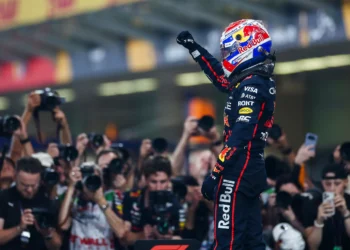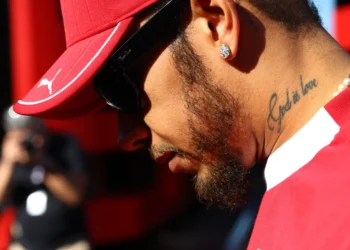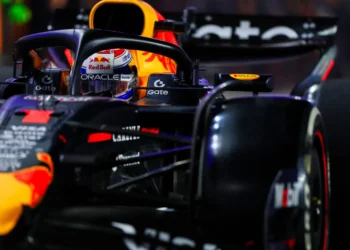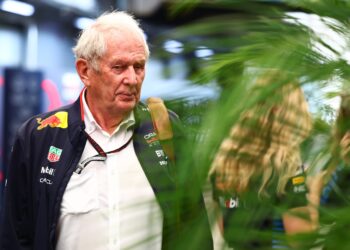Formula 1 is on the brink of a seismic rule change that could revolutionize the sport as we know it! The F1 world is abuzz with news of a proposed major rule overhaul that has received backing from none other than Christian Horner, the influential team principal of Red Bull.
Rumors are swirling that a critical meeting is scheduled for next week to deliberate on this groundbreaking proposal, which could potentially scrap a fundamental aspect of the 2026 regulation adjustments. The proposed changes aim to address widespread apprehensions within the paddock regarding the possibility of the new cars running out of energy during races.
At the core of the debate is the current 85/15 power distribution between the internal combustion engine (ICE) and the battery in F1 cars. While a 50/50 split was on the cards for the upcoming season, concerns have already arisen about the performance implications of this configuration. In a bold move, a new suggestion has emerged to reduce battery power deployment from 350kW to 200kW during races, thereby tilting the ICE/battery power ratio to 64/36.
Christian Horner has thrown his weight behind this revolutionary idea, highlighting the potential consequences of insufficient power on tracks with long straights, such as the iconic Monza and Spa circuits. The proposal aims not only to enhance driver performance but also to deliver a heart-pounding spectacle for the legions of F1 fans worldwide.
The FIA, F1’s governing body, has been swift to address concerns over the impending power shift, implementing measures like a ‘turn down ramp rate’ to prevent rapid energy depletion. Despite reservations from some 2026 manufacturers, including Mercedes boss Toto Wolff, who prefers a wait-and-see approach, the urgency to avert racing dilemmas next season has prompted a call for a major regulation alteration.
While the 50/50 power split is expected to hold for qualifying sessions in 2026, discussions are intensifying around the prospect of modifying this setup for Grand Prix races. The proposed reduction in battery power has garnered support from Horner, who envisions a future where drivers can push to their limits without the specter of energy conservation looming over them.
In a statement to The Race, Horner emphasized the importance of proactive intervention to preserve the essence of wheel-to-wheel racing in F1, steering clear of scenarios where drivers are forced to conserve energy mid-race. With ample time before the new rules come into effect, stakeholders are urged to seize the opportunity to fine-tune the regulations and ensure a seamless transition for the sport.
As the F1 landscape braces for a potential paradigm shift, the stage is set for a showdown of ideas and ideologies that could shape the future of motorsport. Stay tuned as the saga unfolds, promising thrills, controversies, and a hint of adrenaline-fueled drama on and off the track!










